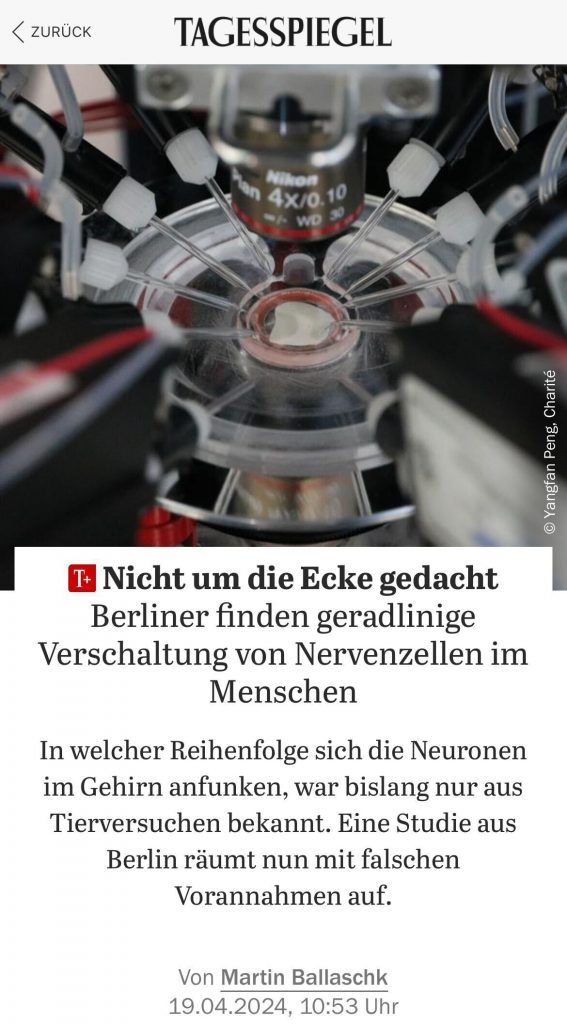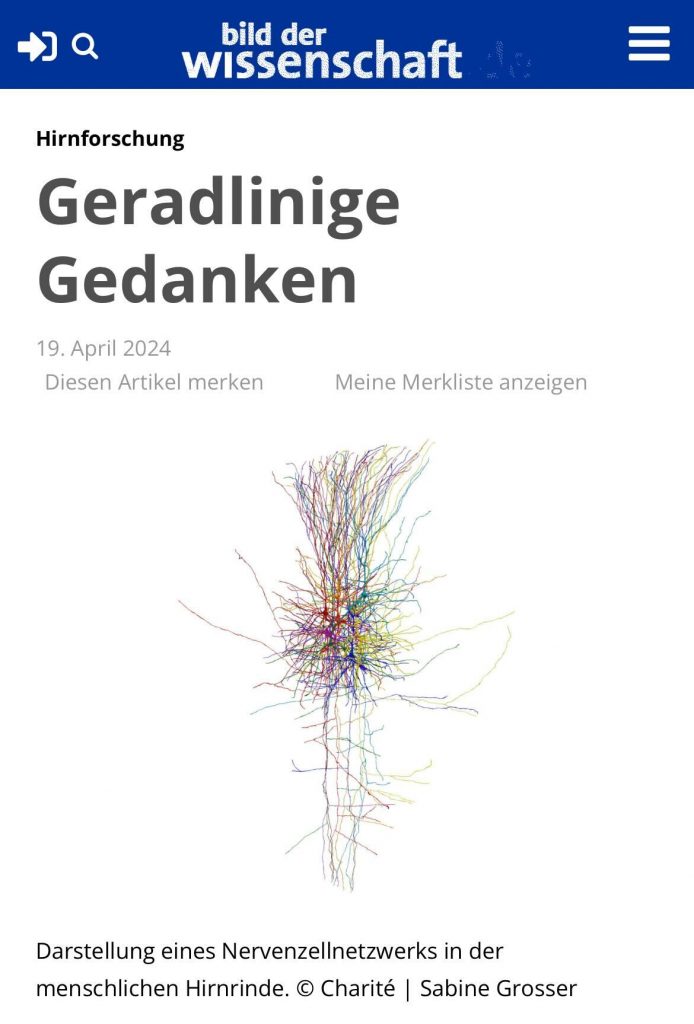HELLO, MY NAME IS
Charité – Universitätsmedizin Berlin
Department of Neurology
Neuroscience Research Center
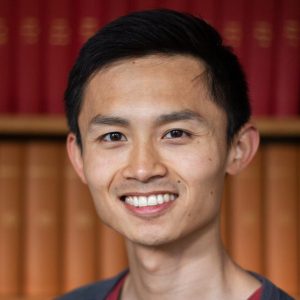
Research
Synaptic microcircuits
Neurons in the brain communicate through synaptic connections, and the structure of these networks is crucial for information processing. To study these synaptic microcircuits, we developed a high-throughput multi-neuron patch-clamp approach. This led to the discovery of distinct wiring principles across cortical areas in rodents and humans.
Large-scale population dynamics
On a broader scale, information in the brain is represented by the collective activity of neurons. To study these population dynamics during movement, we employ multi-site Neuropixels recordings that allow simultaneous monitoring of hundreds of neurons at milisecond precision. My current research focuses on the brain-wide population dynamics underlying goal-directed movement. Future work will focus on movement-related neuronal population dynamics in the cortico-basal ganglia circuit and how they are affected by Parkinson’s Disease.
We are recruiting!
Are you interested in applying large-scale recording technologies to study neural dynamics underlying goal-directed behaviour and how they are disrupted in disease?
We are seeking PhD students to join our newly established group as part of the DFG-funded Retune Collaborative Research Center.
Curriculum vitae
Publications
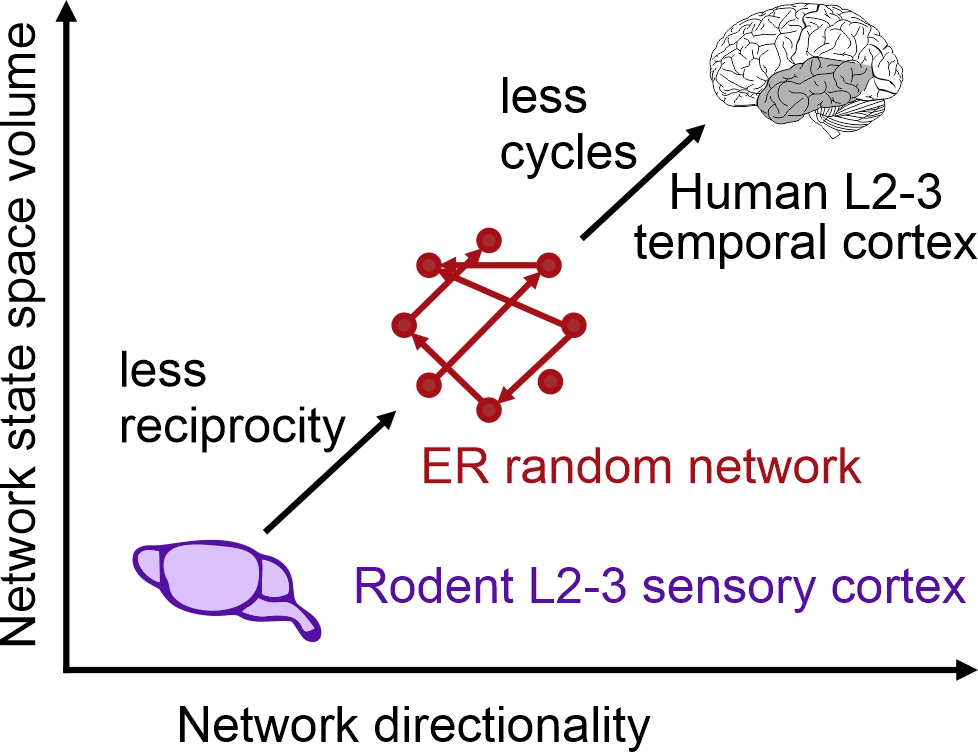
Directed and acyclic synaptic connectivity in the human layer 2-3 cortical microcircuit.
Peng Y, Bjelde A, Vilimelis Aceituno P, Mittermaier FX, Planert H, Grosser S, Onken J, Faust K, Kalbhenn T, Simon M, Radbruch H, Fidzinski P, Schmitz D, Alle H, Holtkamp M, Vida I, Grewe BF, Geiger JRP.
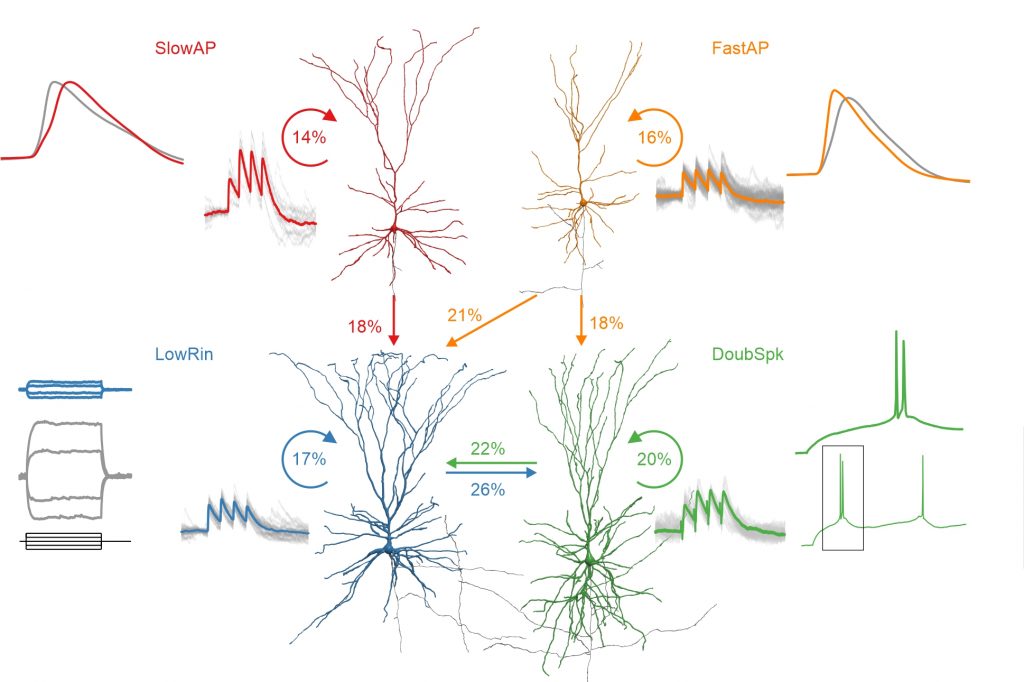
Cellular and Synaptic Diversity of Layer 2-3 Pyramidal Neurons in Human Individuals.
Planert H*, Mittermaier FX*, Grosser S*, Fidzinski P, Schneider UC, Radbruch H, Onken J, Holtkamp M, Schmitz D, Alle H, Vida I*, Geiger JRP*, Peng Y*.
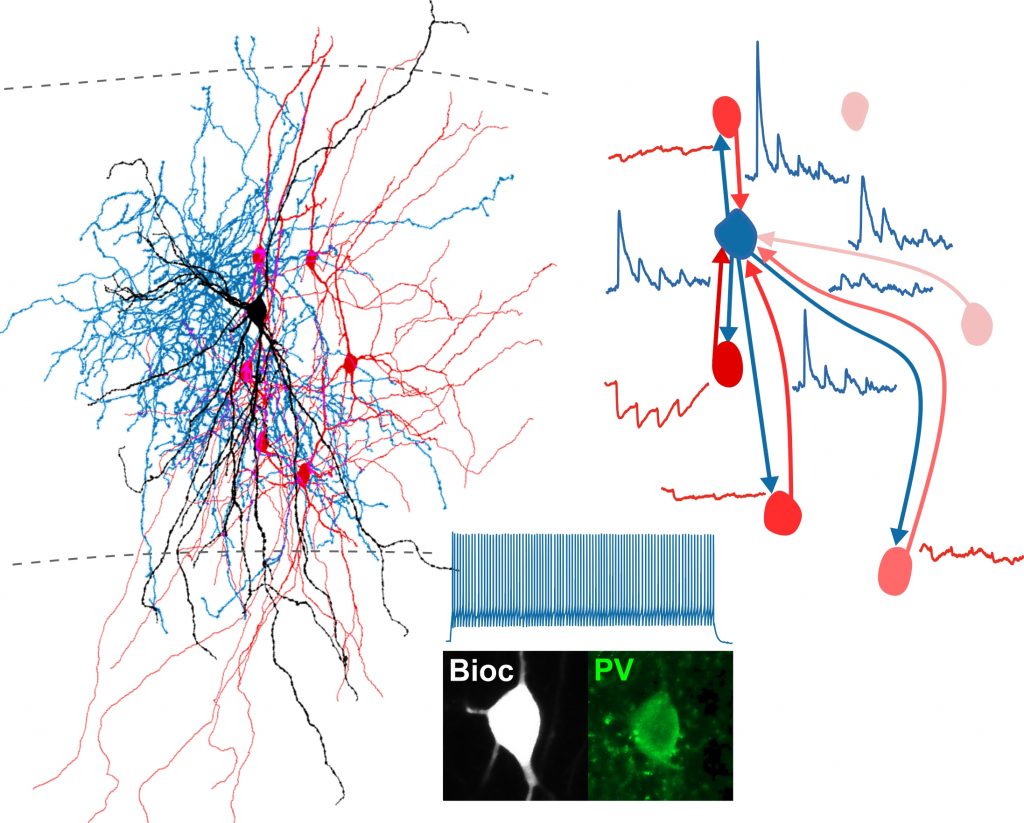
Spatially structured inhibition defined by polarized parvalbumin interneuron axons promotes head direction tuning.
Peng Y*, Tomas FJB*, Pfeiffer P, Drangmeister M, Schreiber S, Vida I, Geiger JRP.
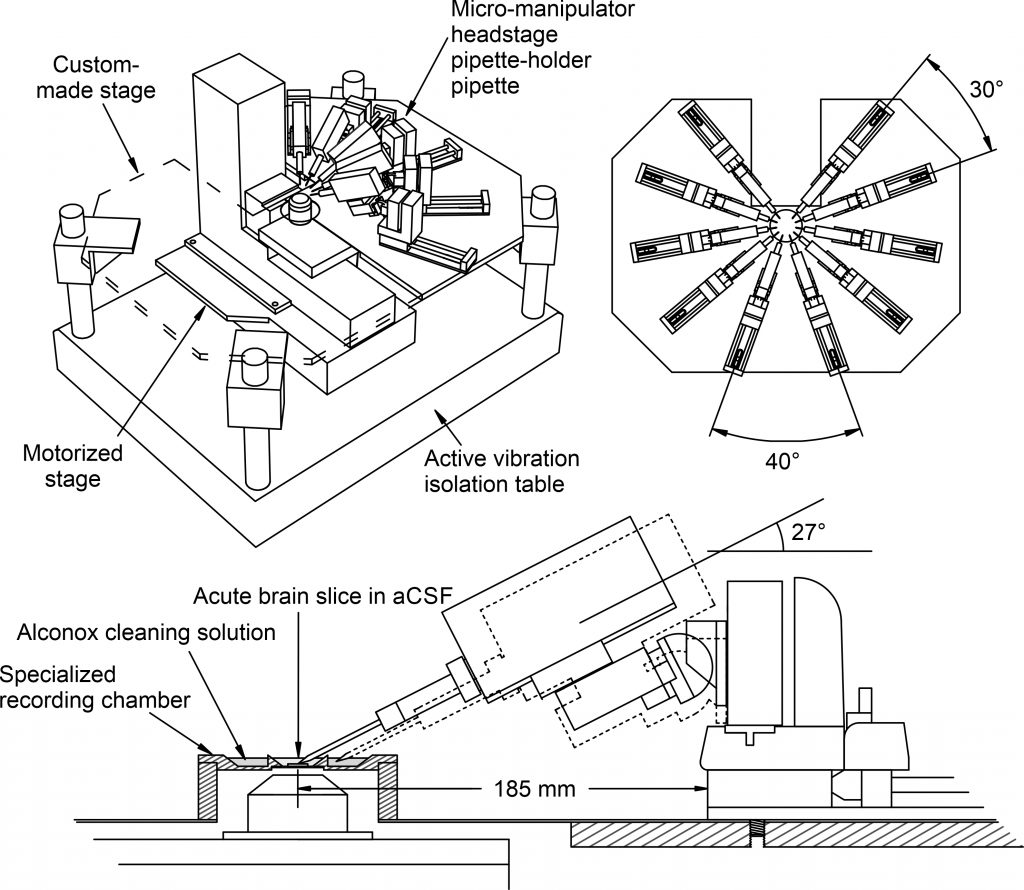
High-throughput microcircuit analysis of individual human brains through next-generation multineuron patch-clamp.
Peng Y, Mittermaier FX, Planert H, Schneider UC, Alle H, Geiger JRP.
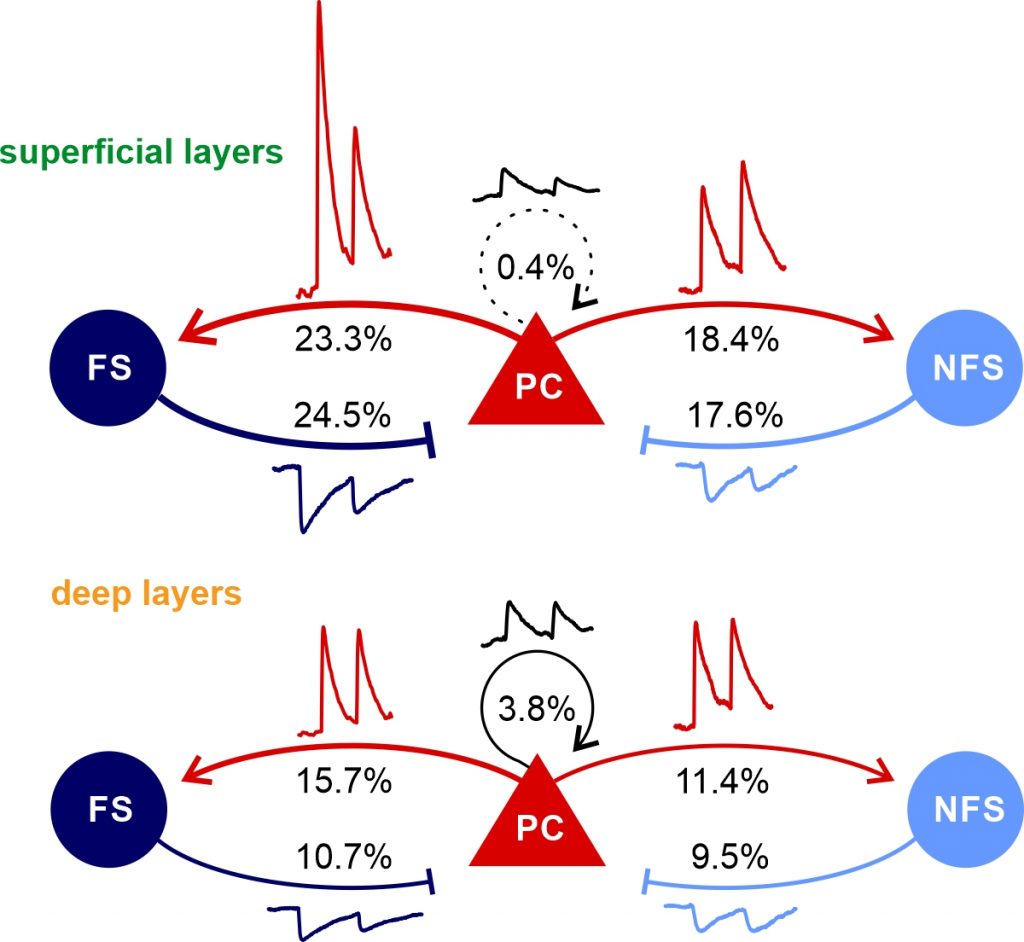
Layer-Specific Organization of Local Excitatory and Inhibitory Synaptic Connectivity in the Rat Presubiculum.
Peng Y, Tomas FJ, Klisch C, Vida I, Geiger JRP.
Peng Y, Schöneberg N, Esposito MS, Geiger JRP, Sharott A, Tovote P. Current approaches to characterize micro- and macroscale circuit mechanisms of Parkinson’s disease in rodent models. Experimental Neurology. 2022. Link to publication.
Schinke C, Vallone VF, Ivanov A, Peng Y, Körtvelyessy P, Nolte L, Huehnchen P, Beule D, Stachelscheid H, Boehmerle W, Endres M. Modeling chemotherapy induced neurotoxicity with human induced pluripotent stem cell (iPSC)-derived sensory neurons. Neurobiology of Disease. 2021. Link to publication.
Borngräber F, Peng Y, Ostendorf F, Kühn AA, Ganos C. Teaching Video NeuroImages: Characteristic head jerks in congenital oculomotor apraxia due to Joubert syndrome. Neurology. 2019. Link to publication.
Böhm C, Peng Y, Geiger JR, Schmitz D. Routes to, from and within the subiculum. Cell and Tissue Research. 2018. Link to publication.
Winterer J, Maier N, Wazny C, Beed P, Breustedt J, Evangelista R, Peng Y, D’Albis T, Kempter R, Schmitz D. Excitatory Microcircuits within Superficial Layers of the Medial Entorhinal Cortex. Cell Reports. 2017. Link to publication.
Böhm C, Peng Y, Maier N, Winterer J, Poulet J, Geiger JR, Schmitz D. Functional Diversity of Subicular Principal Cells during Hippocampal Ripples. The Journal of Neuroscience. 2015. Link to publication.
Co-supervised students
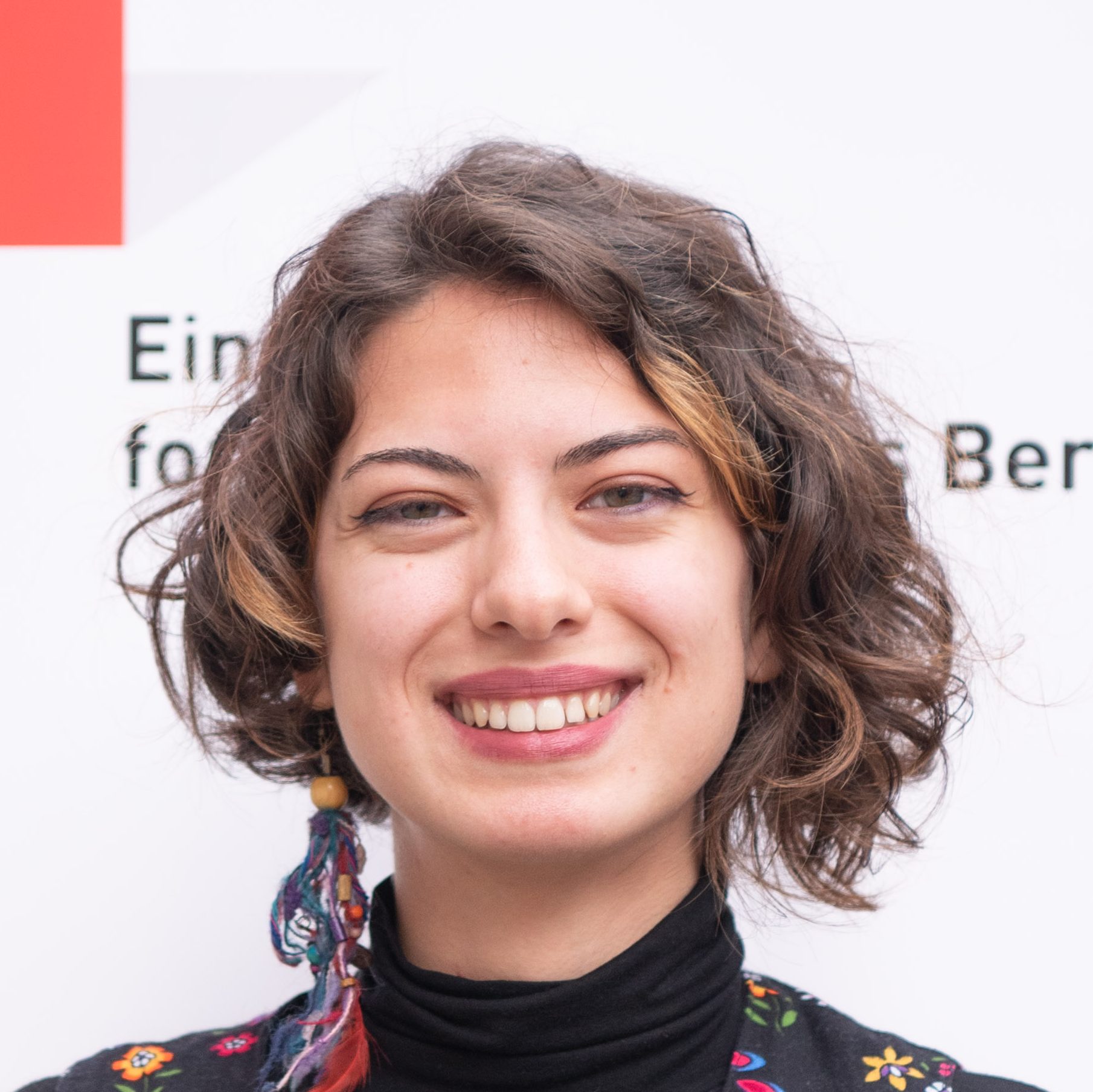
Öykü Okur
PhD student (co-supervision Julian Neumann)Öykü is a PhD fellow at the Einstein Center for Neurosciences, in Berlin. Her current project focuses on the analysis of movement-related local field potential oscillations of the mouse brain, across cortical and subcortical regions recorded with Neuropixels probes. During her PhD, she wants to combine computational tools with experimentation with Neuropixels. She has BSc in Molecular Biology & Genetics (Bilkent Uni., Turkey), and (soon a) MSc in Medical Neurosciences (Charité). Besides research, she is a student representative to establish an equal and safe academic environment for PhD students and has a passion for science communication.
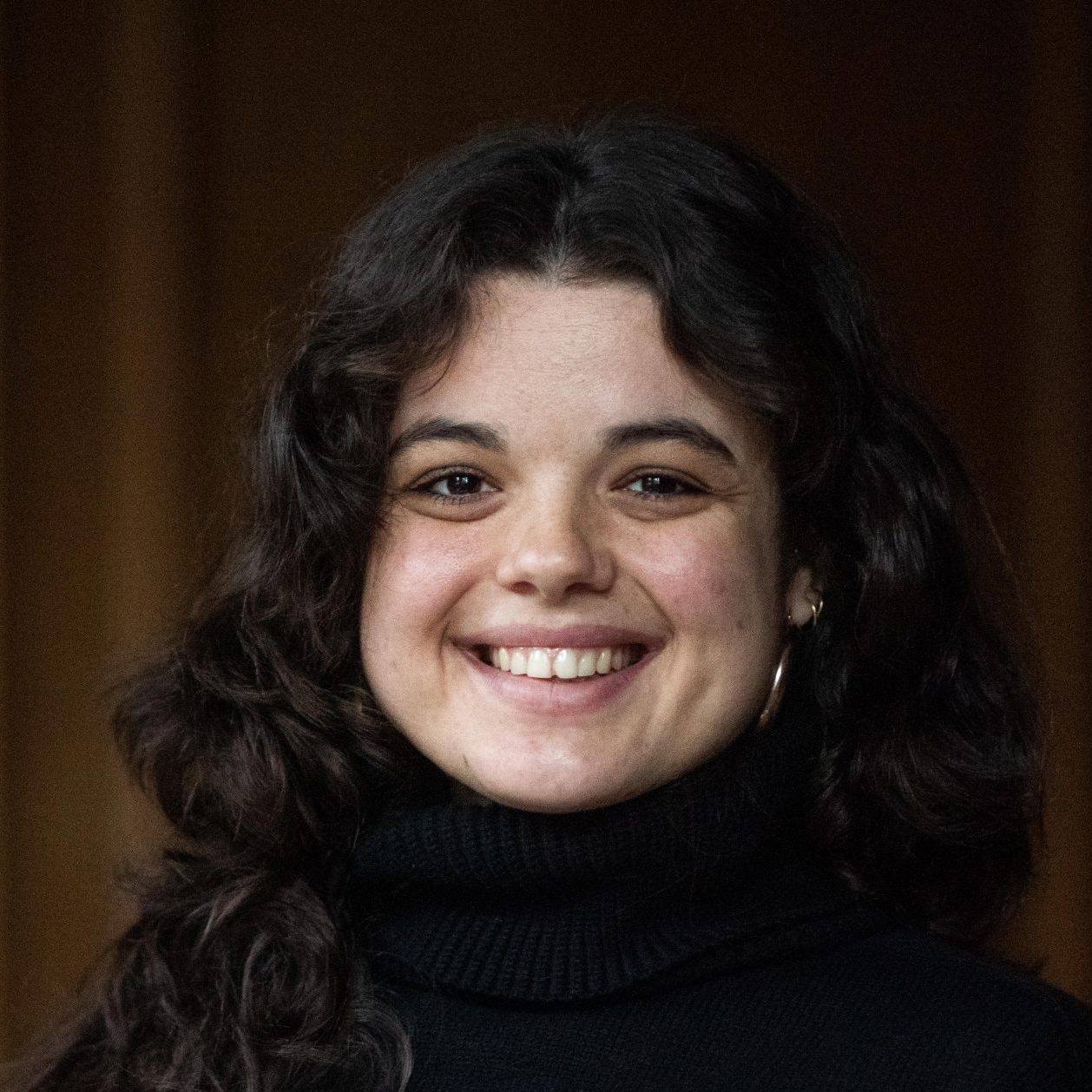
Sasha Tinelli
PhD student (co-supervision Andrew Sharott)Sasha is pursuing a DPhil at the University of Oxford where she studies as a Rhodes Scholar. In her present work she is using Neuropixels probes to record across diverse brain regions in the mouse during performance of multiple movement types. She plans to use her unique datasets to understand the mechanism underlying Parkinsonian paradoxical kinesia. Sasha has a BSc in Biochemistry and Human Physiology (University of Cape Town) and an MSc in Neuroscience (University of Oxford). Outside of neuroscience Sasha is a keen photographer, climber and cook.
Media
🧠 Curious about how neurons are wired in the human cortex?
— Yangfan Peng (@YangfanPeng) April 19, 2024
Our @ScienceMagazine study tested over 7,000 connections and revealed key differences from rodents:
"Directed and acyclic synaptic connectivity in the human layer 2-3 cortical microcircuit". 🧵👇https://t.co/yUeQjbDSh7 pic.twitter.com/3SKNejyULk
How selective is interneuron connectivity? Our latest multi-patch study in @ScienceAdvances identifies a new spatial connectivity rule of recurrent inhibition in the presubiculum🧠 and demonstrates its advantage for head direction tuning🧭. ➡️https://t.co/pZv4dGaa1Z
— Yangfan Peng (@YangfanPeng) June 16, 2021
Summary👇 1/ pic.twitter.com/ieGtKFqtHT
1/4 Want to probe over 100 synaptic connections at once? Check out our new paper @eLife with @FMittermaier on how to set up a multipatch with automated pipette cleaning and how it applies to human cortical slices https://t.co/uoIt73yLx8 #neuroscience #sciencetwitter #ephys pic.twitter.com/m5E77tsk6i
— Yangfan Peng (@YangfanPeng) December 6, 2019
